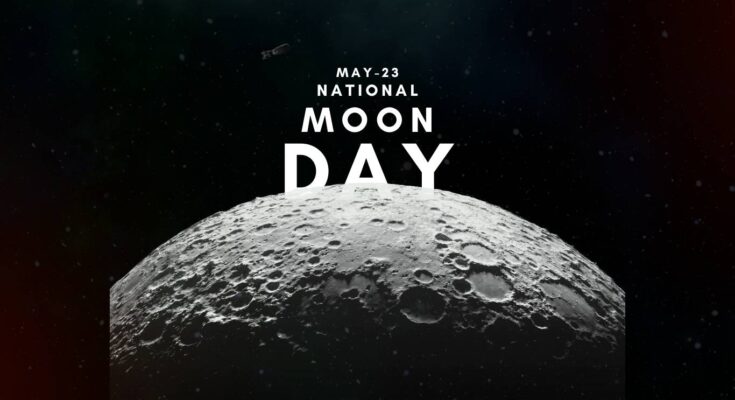Introduction: Pakistan’s First Lunar Mission
We shall discuss the historic First Lunar Mission of Pakistan. And a new date has been set in space science. China’s space mission Chang’e-6 has been launched into space with the Pakistani satellite.
China’s extremely powerful rocket Long March 5 has been launched with the mission. While Pakistan’s first manned aircraft, I-Cube, will get pictures of the South Pole of the Moon. While the Chinese mission will land on the moon.
And the historical scenes of China and Pakistan’s First Lunar Mission space missions were seen live all over the world. Pakistan has become the sixth country in the world to go on a lunar mission.
Prime Minister Shahbaz Sharif:
So, along with that, let me tell you that on sending Pakistan’s First Lunar Mission satellite to the moon, Prime Minister Shahbaz Sharif congratulated the nation.
Prime Minister Shahbaz Sharif also congratulated the citizens. Pakistan is the first step in the I-Cube satellite space. On his behalf, it was said that scientists, engineers, and talented people are making their abilities known.
Pak-China friendship:
Today, the friendship between China and Pakistan has beyond physical boundaries. On his behalf, it was also said that only Pakistan’s plan to be accepted by eight countries is the recognition of the capabilities of our scientists and experts is a very historic moment in the journey of technological progress.
He declared that the First Lunar Mission of Pakistan has ushered in a new age of space exploration. And let me tell you that Pakistan’s First Lunar Mission and China are also together in space. China’s space mission Chang’e-6 has embarked on a mission for the moon.
Pakistan’s I-Cube-Q :
Pakistan’s first satellite, I-Cube, I-Cube, is also with us. I-Cube will get pictures of the South Pole of the Moon. While the Chinese mission will land on the moon.
Pakistan’s First Lunar Mission has also landed on the moon with China’s Chang’e-6 mission. Pakistan’s I-Cube has been successfully launched. The I-Cube will reach the moon by completing a five-day journey.
Aim of this mission:
In total, Chang’e-6 is a 53-day mission. This mission will land in the South Pole of the Moon, which is about 2500 km wide and 8 km deep. It will land in a very large pit.
After landing, it will collect samples from there. Approximately 2 kg of soil and rocks will be brought back to the ground. It is a 53-day time frame.
Chang’e-6 will allow Pakistan’s satellite I-Cube to travel to the moon during this period. It will be separated from there. After being separated, it will enter the moon’s orbit.
It will have an elliptical shape. It will orbit in an elliptical orbit around the moon. Optical cameras will take pictures of it.
The basic task given by Chang’e-6 to the I-Cube is to detect water on the surface of the moon. The pictures will help in detecting water on the surface of the moon. The images will help distinguish if the moon’s outer layer is wet or not.



